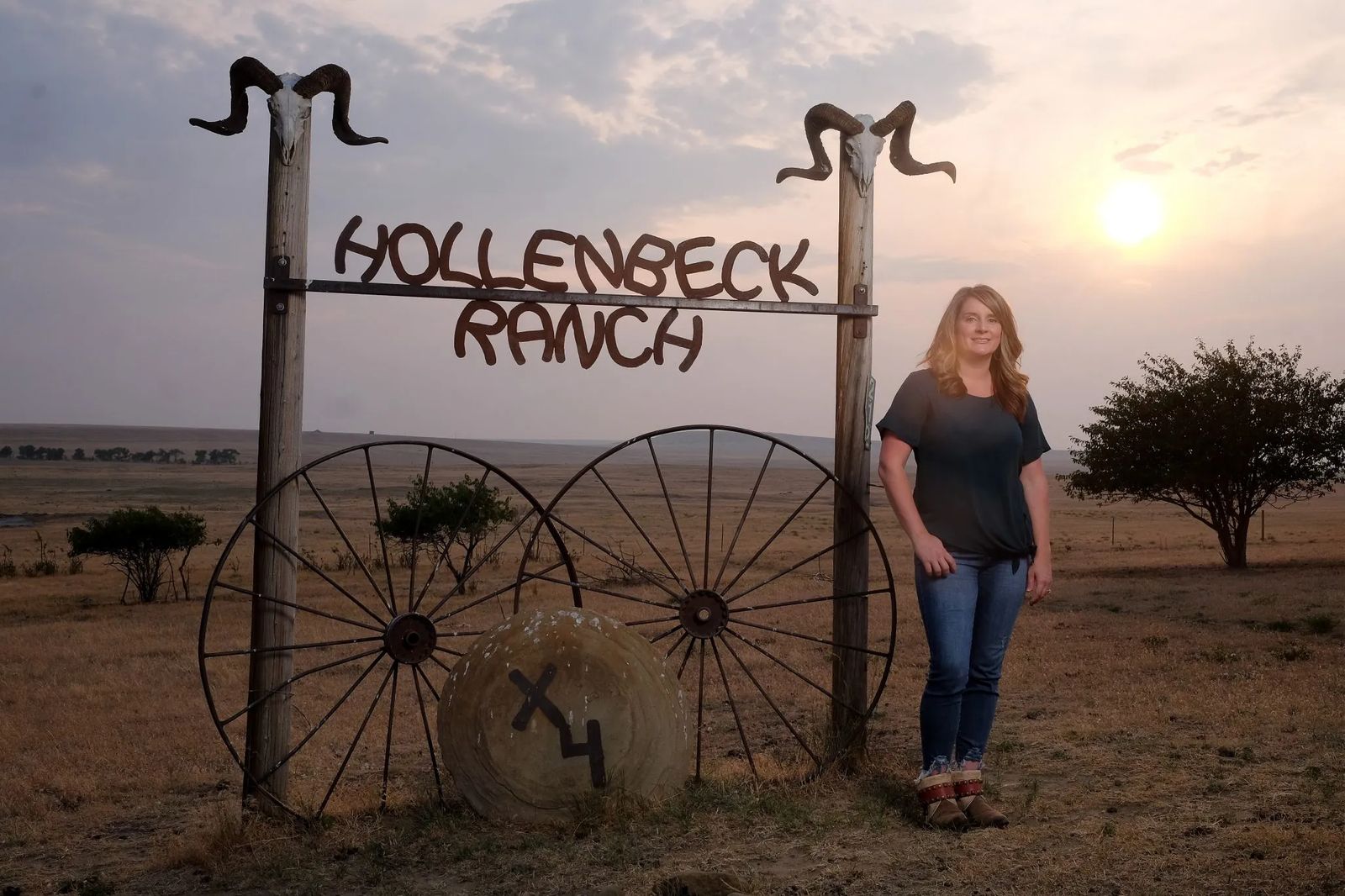
Hollenbeck Ranch
Molt rancher pioneers a new way of "branding"
Sara Hollenbeck owes a lot to Mr. Totes MaGoats.
He was the little orange goat that her husband, Henry Hollenbeck, bought for $5 and jokingly gave to her as a first-anniversary present.
Sara, who moved from California to marry Henry, had already been using social media to keep in touch with distant family and friends, to share with them little slices of her new life on a sheep and cattle ranch outside of tiny Molt, Montana.
Then, just for fun, she began posting photos of Totes on Instagram, dressed up to fit the season or Sara’s whims. There was Totes wearing an inner tube, with inflatable floaties on his front legs; Totes in a sombrero and poncho; Totes dressed up as the grand marshal of a Fourth of July parade, complete with a red-white-and-blue ribbon tie, red shades, and patriotic horn covers.

And when Disney’s “Frozen” was becoming a box-office hit, Sara started posting photos of Totes dressed up as various “Frozen” characters. She had made most of Totes’ costumes in the past, but in one photo Totes was wearing a store-bought Halloween costume for “Olaf,” the good-natured snowman from “Frozen.”
“I posted it and it just went crazy,” Sara says.
That was one of several “aha” moments for Sara. Another happened when a “huge blogger” and dairy farmer asked Sara to take over her Facebook page for one day.
“I posted one of our shearing videos and I got, like, thousands of views relatively quickly, and so many questions that I thought, ‘OK, this is a way to tell our story and market our products and get our name out there.’”
Sara decided to use her internet popularity—in late August she had almost 7,300 followers on Instagram—to market High Five Meats, the business she founded to sell their own line of beef, lamb and goat products. In a broader sense, she uses social media to bring positive attention to a part of agriculture that is little understood even within the industry.
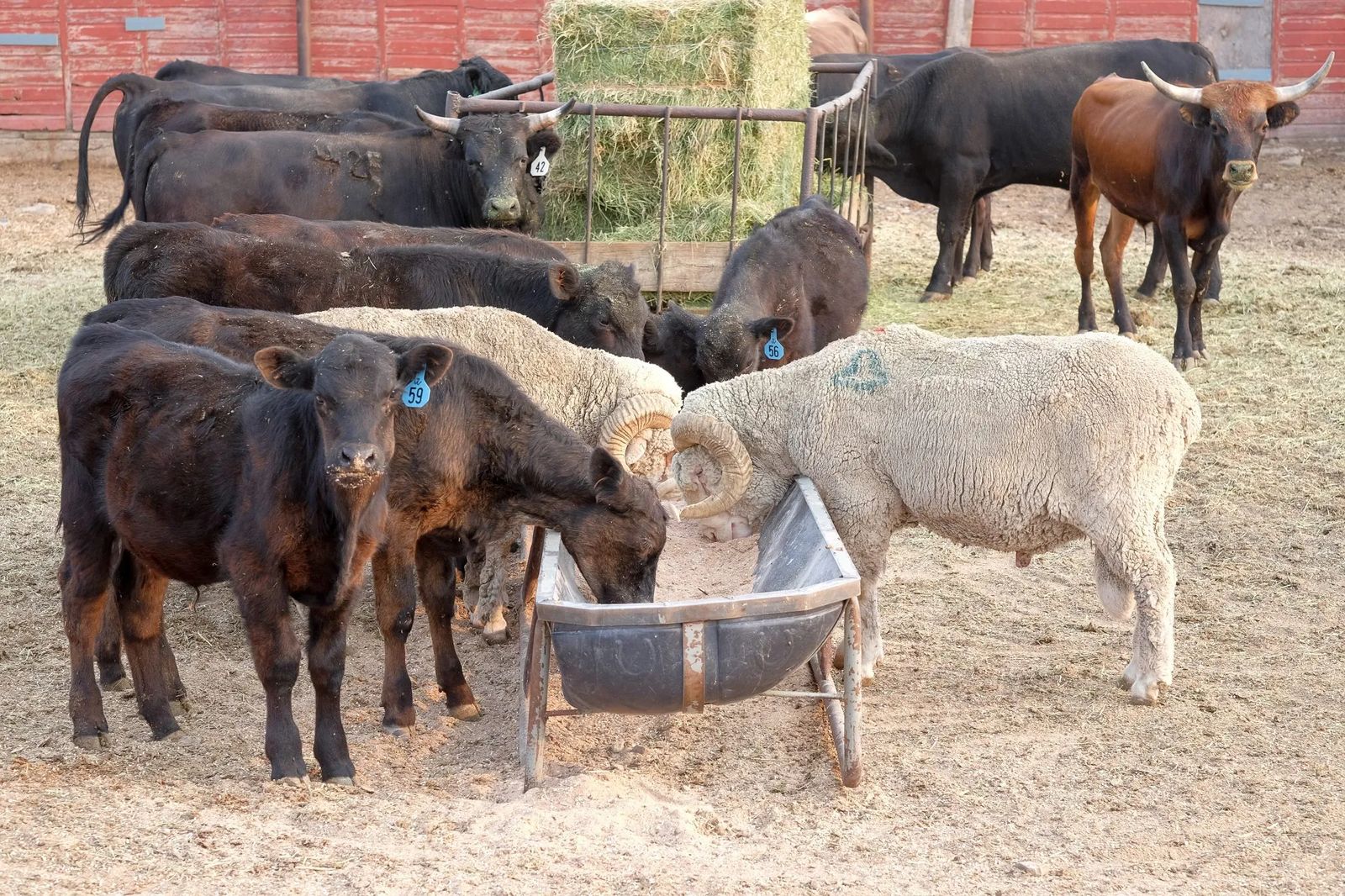
Treston Vermandel, a business development and marketing officer for the Montana Department of Agriculture, says other ag producers are using the internet to boost the bottom line, “but she’s unique I would say because she’s really expanding and going above and beyond in getting their story out.
And because Sara has been willing to share her story, appearing at workshops and seminars to talk about how she markets her products and “sells” the agricultural industry, Vermandel says, “more people are catching on in Montana after seeing what Sara’s doing. She’s paving the way.”
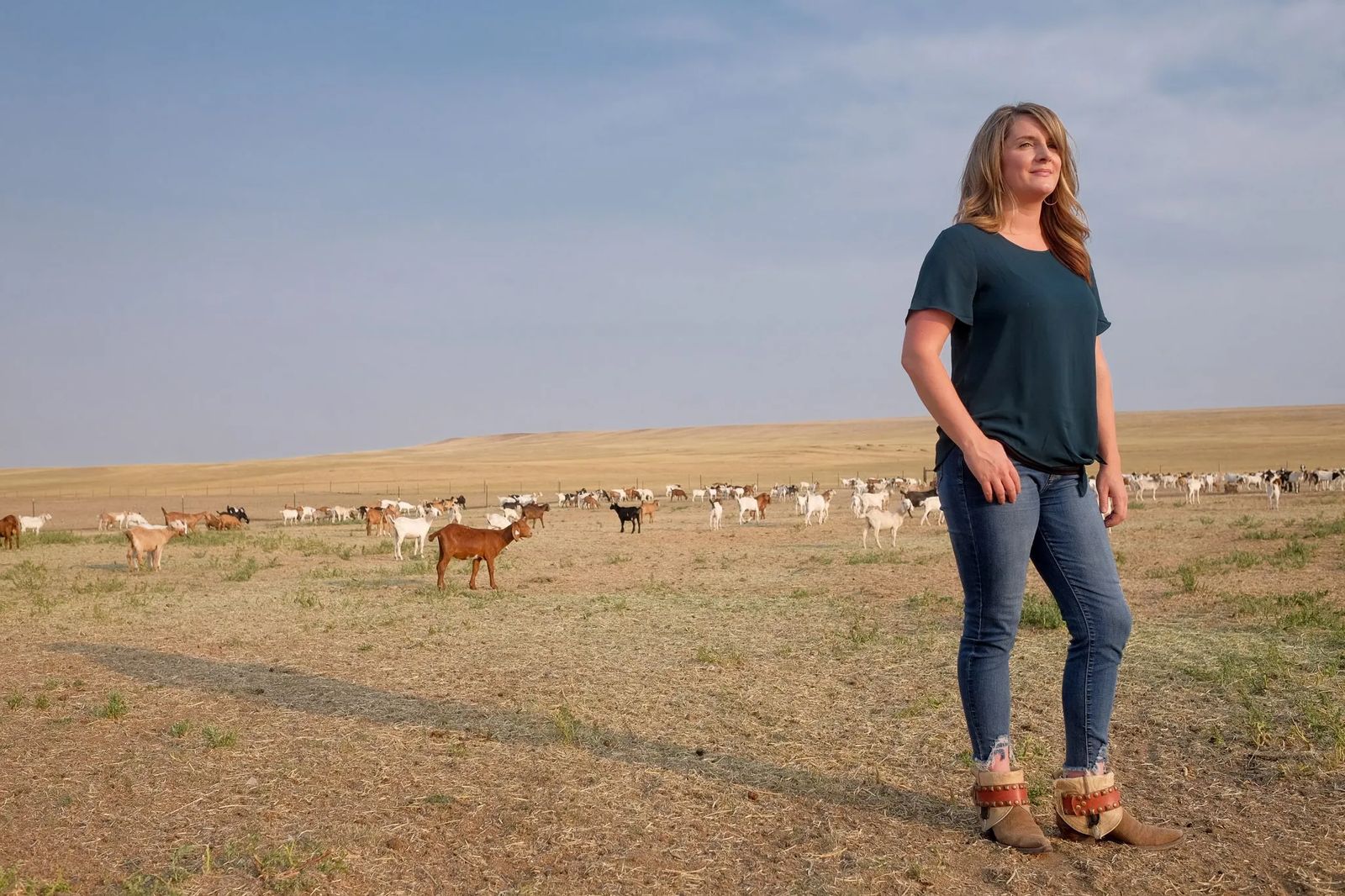
Paving the way and getting a lot of attention. Earlier this year she was named one of 40 Under 40 by the Billings Gazette, which annually recognizes 40 local business professionals under the age of 40. She was also featured in “FarmHer,” an award-winning series of short documentaries highlighting women in agriculture.
And in May, Visit Montana released a 3½-minute promotional video featuring Sara and Henry and showcasing their ranch, with stunning, panoramic views of their rolling prairie land set against the backdrop of the Beartooth Mountains. A crew of 10 spent two solid days on the ranch, filming Sara and Henry as they went about their daily routine.
“We were exhausted being ourselves,” Sara says, laughing. “Every time we did something, they’d say, can you do that again? Can you walk through that door again?”
It’s been quite an experience for a woman who’s been in Montana for only about five years now.
Sara, 31, was born in Kansas, where her family raised a few sheep. The family moved to California when she was 6, so her mother could take a job teaching agriculture in Grass Valley, about midway between Reno, Nevada, and Sacramento in the foothills of the Sierra Nevadas. She earned a degree in ag marketing and international business from California Polytechnic State University in San Luis Obispo. She knew she “wanted to work in ag, but I wasn’t sure where in ag I wanted to land.”
Fate intervened in 2012. Her sister, who was then head of the California Woolgrowers Association, met Henry at an American Sheep Industry convention in Scottsdale, Arizona.
“There’s a lot of old people in the sheep industry, and it’s a small industry,” Sara says, so when her sister met Henry, then in his late 20s (and now 33), she wasted no time in playing matchmaker. She even tried to persuade Sara to drop everything and join them at the convention. That didn’t happen, but Sara and Henry got to know each other by texting back and forth for about three months. In June 2012, Sara decided to take the plunge and visit Henry in Montana.
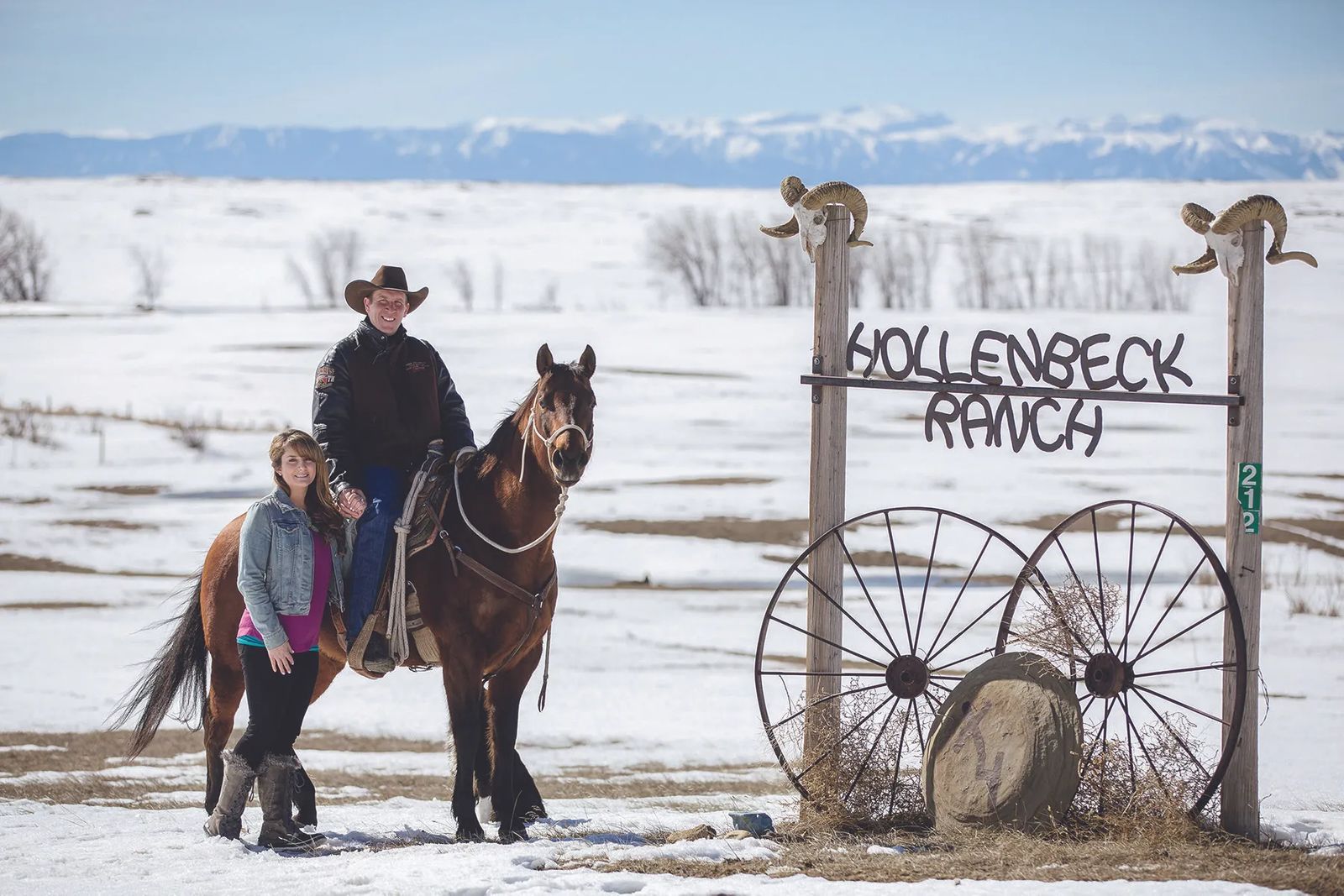
She hadn’t been to Montana before, she says, “so I thought if it went south, at least I’d get a nice little vacation in Montana.”
Her first impression of Montana couldn’t have been better.
“Honestly, the first thing I said was, ‘I understand why it’s called the Big Sky State now,’ because until you actually see it, you don’t really get it. And then once you’re here, you’re like, Whoa. Now I get it.”
Henry, though, got off on the wrong foot, picking her up at the airport in Billings half an hour late.
“And then he took me to Western Ranch Supply as soon as I got there because he needed to pick up some ranch supplies,” Sara says. “It was really a glamorous first date.”
That didn’t daunt her, though, and neither did visiting the Hollenbeck Ranch about 35 miles northwest of downtown Billings. “I loved it,” she says. “Growing up in Kansas, we were in the middle of nowhere. I remember loving that life. That was something I always wanted for myself again.”
After that first visit, Sara and Henry saw each other every four to six weeks, mostly when she returned to Montana, though Henry also made two trips to California. They were getting serious, and before things got any more serious, to the point of making commitments, Henry wanted Sara to live through a Montana winter.
She obliged, moving out to the ranch about Christmastime 2012 and staying through the lambing season that spring.
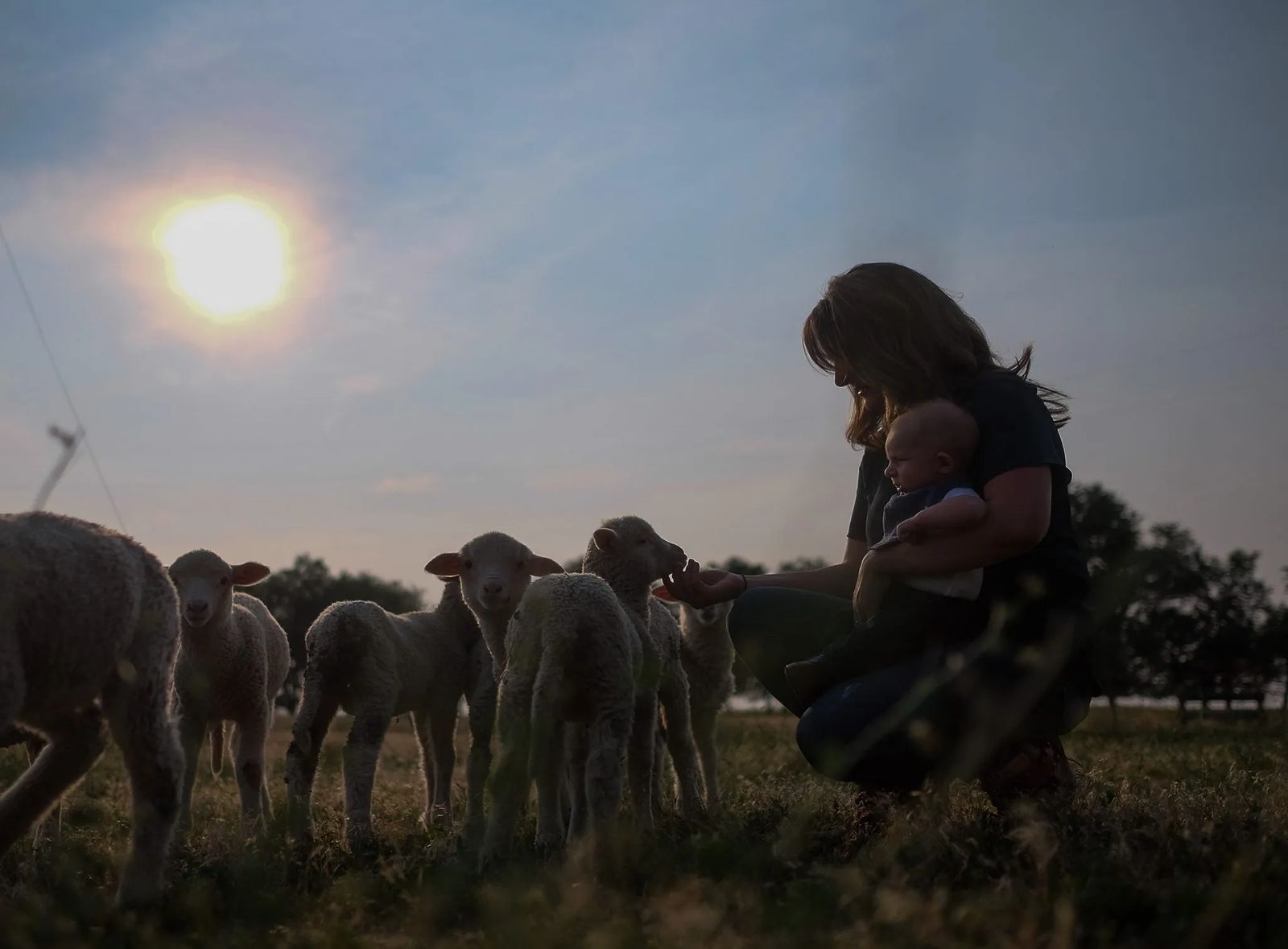
“He wanted me to get through a lambing season since that’s a big time on the ranch and an adjustment. You’re basically 24/7 for three months,” she says. Though she had raised a few sheep as a girl, she says, “when there are 800 ewes having babies at the same time, it’s a little bit different. … I made it through with minimal tears.”
They were married in June 2014, and Sara settled into ranch life full time. They are in the process of buying the ranch from Henry’s parents, Mike and Eva Hollenbeck, who live on the West End of Billings but are still involved in ranch operations.
In the summer of 2015, a year after her marriage, Sara founded High Five Meats, selling Hollenbeck meat, and sometimes meat from neighboring ranches, at the Farmers’ Market in downtown Billings and directly to customers through a High Five Facebook page.
Sara also established a relationship with TEN, the fine-dining restaurant inside the historic Northern Hotel in Billings, which now serves fresh lamb from the Hollenbeck Ranch. Before their lamb went on the menu, the TEN kitchen crew toured the ranch, giving the chefs a close-up look at their food source and making them unofficial ambassadors for High Five Meats
“It’s creating those personal connections that’s helped,” Sara says. “Because those are the people selling your product. You’ve got to have people tell your story and sell your products.”
The Hollenbecks are also trying to reach modern-day consumers. Henry’s father used to sell whole cows and half sides of beef to people, but Sara realized that few people had the inclination, or the freezer space, to do that anymore. That’s why they started selling 10-, 20- and 30-pound packages of mixed cuts.
When they started High Five Meats, the Hollenbecks would have their meat processed and packaged by Project Meats in Huntley, then stored in three freezers in Henry’s parents’ house. Now they go to Stillwater Packing in Columbus for processing, and they’ve outgrown those home freezers, now using cold storage at Baker Transfer and Storage in Billings.
One key to their success has been marketing the lamb in a sausage with a little pork fat mixed in, the pork coming from a neighboring ranch.
“I call it the introduction-to-lamb eating,” Sara says. “You can cook it just like you’d cook a brat, or a hot dog or anything like that so it’s not scary. Some people are scared by lamb because they don’t know how to cook it.”
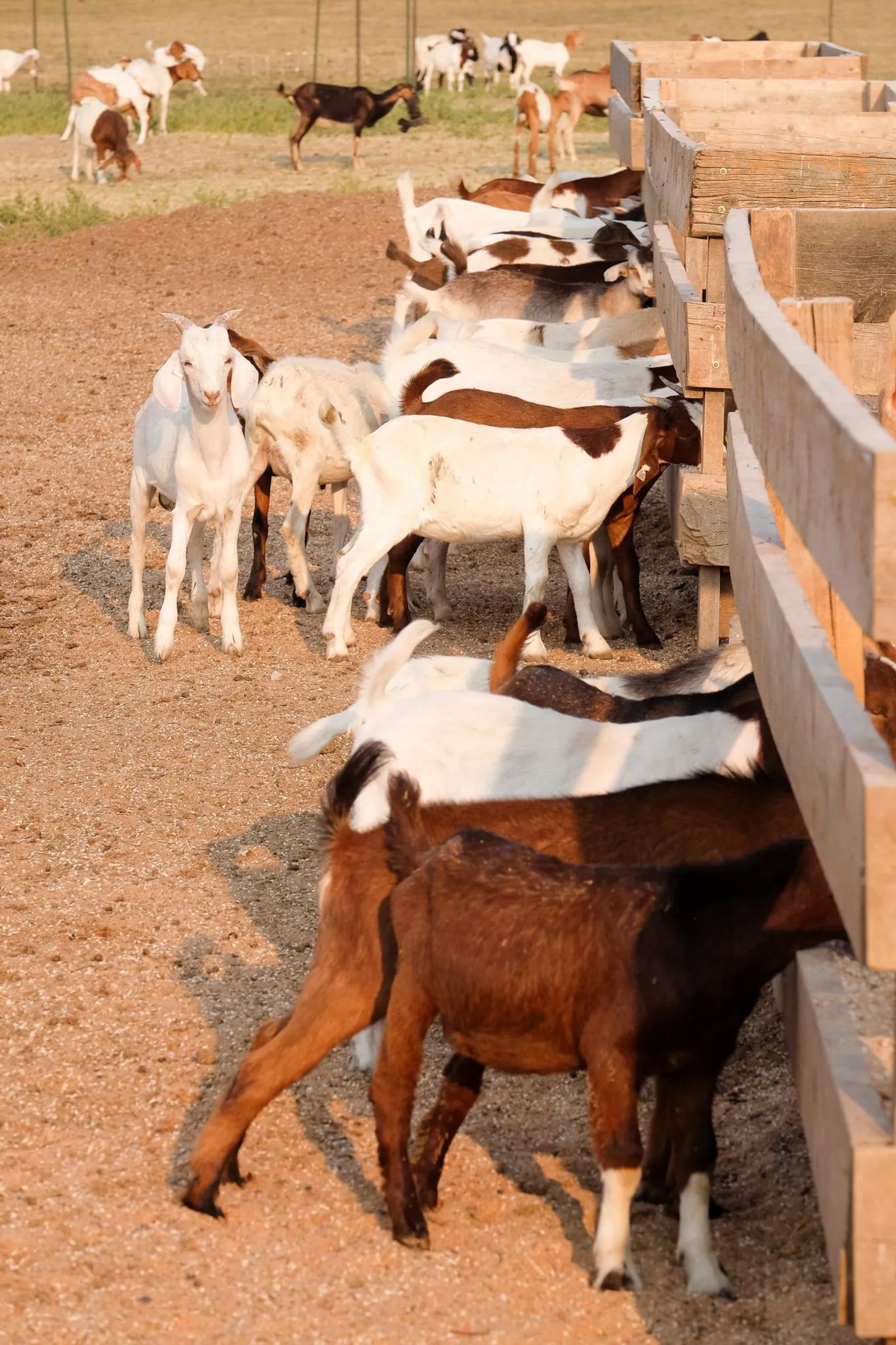
They also try to offer an attractive assortment of cuts at a reasonable price. When they sell the 30-pound package of meats, Henry says, they charge a flat rate of $7.50 a pound for a couple of steaks, a roast, burger, pork chops, bacon, sausage, brats and lamb chops. At a grocery store, he said, you’d pay $5 or $6 a pound for hamburger and $13 a pound for steaks.
“And we feel comfortable making money at that,” Henry says. “That’s why I feel if we’re making money and it’s very reasonable for the consumer, when it catches on it’s going to be huge.”
For now, it remains a relatively small part of the Hollenbeck operation. Between the ranch and other leased pastures, the Hollenbecks run 350 to 400 cows and average about 2,500 mother ewes that will lamb out every year. And because Henry also acts as a broker for other ranchers’ livestock, he is involved in the sale and marketing of another 30,000 to 40,000 lambs a year.
But the Hollenbecks are learning as they go, and more and more consumers are becoming familiar with their direct-sale products. Sara is also working to help establish consumer-supported agriculture, or CSA, systems in Billings. CSAs are common in California and other parts of the country, allowing consumers to place pre-orders for produce and meat from farms and ranches. Keeping nimble and keeping up with consumer wants is becoming more and more important in an industry changing as rapidly as agriculture.
Another thing Sara’s social media exposure did was open Henry’s eyes to the growing ethnic market for goat meat. Across the country, increasing numbers of people, either for religious or health reasons, prefer halal goat and lamb meat, meaning the animals are slaughtered in accordance with Islamic dietary laws. Henry was already brokering sheep for ranchers across the country; now he’s added goats to the mix, and when Raised in the West caught up with the Hollenbecks in late July, they had a thousand head of goats on the ranch.
And because halal rules require processors to inspect the ranches from which they obtain their meat, the Hollenbeck ranch has been visited in recent years by people who live in the United States but came here from Iran, South Africa, and Abu Dhabi, among other places.
“It’s hard to find goats,” Henry says. “And then the word gets out that I’m the goat buyer up here. So, I don’t know how many different cultures we’ve seen walk through here.”
“A lot, for Molt, Montana,” Sara adds.
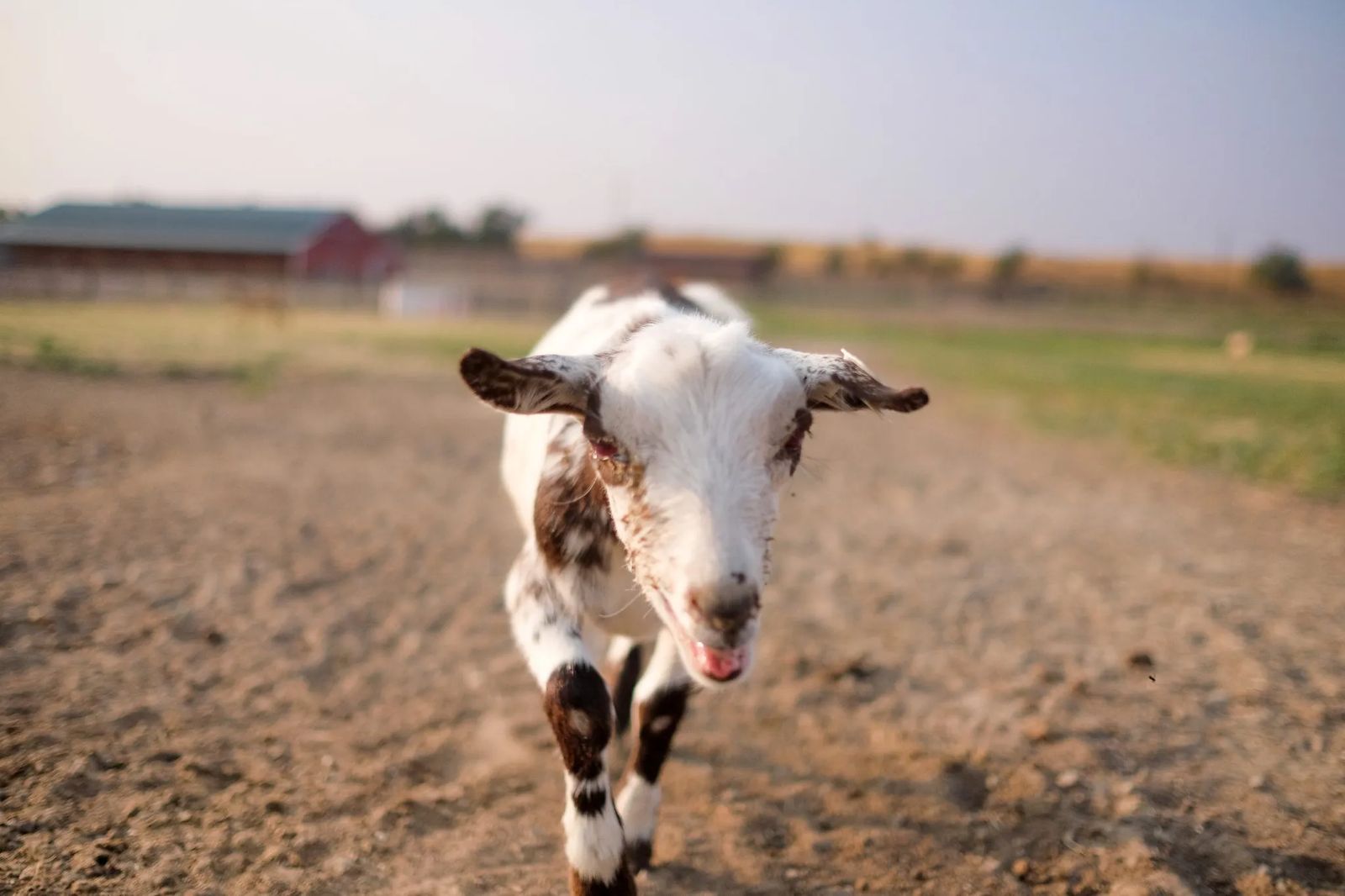
Through it all, Sara has maintained her presence on the web. Mr. Totes isn’t quite as tolerant of being dressed up as he once was, and since Sara gave birth to son Rhett in May, she hasn’t had quite as much time to spend taking funny photos of her animals. But she continues to use social media to propel sales of High Five Meats and to present a realistic picture of modern agriculture.
“It’s a cheap way of marketing,” Sara says. “All it takes is your time. You’re not necessarily spending dollars on it. And I go to all these conferences and we talk about how you have to have a social media presence, but we don’t necessarily talk about how to do it, or how to have a positive one, or to make a real impact.”
That’s why she enjoys gatherings like the Soil to Skillet conference in Baker last April, sponsored by the Fallon/Carter County Extension Service, where Sara, as one of several speakers, told the story of her involvement with High Five Meats, direct marketing, and social media.
Elin Kittleman, the Fallon-Carter County Extension agent, says Sara was scheduled to talk for an hour but took an hour and a half, because “people really enjoyed what she had to say.”
It’s hardly news in the agriculture industry that it’s important to have a presence on the web, Kittleman says, and almost every ag business now has its own Facebook page.
“What Sara does is more personal,” she says. “I think she does a really good job of branding herself and finding a niche. … I think people are just really engaged and interested in what she’s doing.”
The way Sara tells it, people came for the cute animals and then stayed for an in-depth look at life on the ranch.
“They like to see just how ranching life is,” she says. “Like during shearing time, I really like to provide some education. That’s when I’ll put together a video and some facts with what happens to our wool, how it’s shorn. Because even within the ag industry, a lot of people don’t know about sheep ranching. It’s always good to educate not just the general public, but the people who speak on behalf of agriculture as well.”
TO SEE the Visit MT profile on the Hollenbeck Ranch, visit visitmt.com/campaign/montana-tv/episode-15.html
YOU CAN FIND Sara Hollenbeck on Instagram @sarasheeplady
ON THE WEB, www.hollenbeckranch.com
















